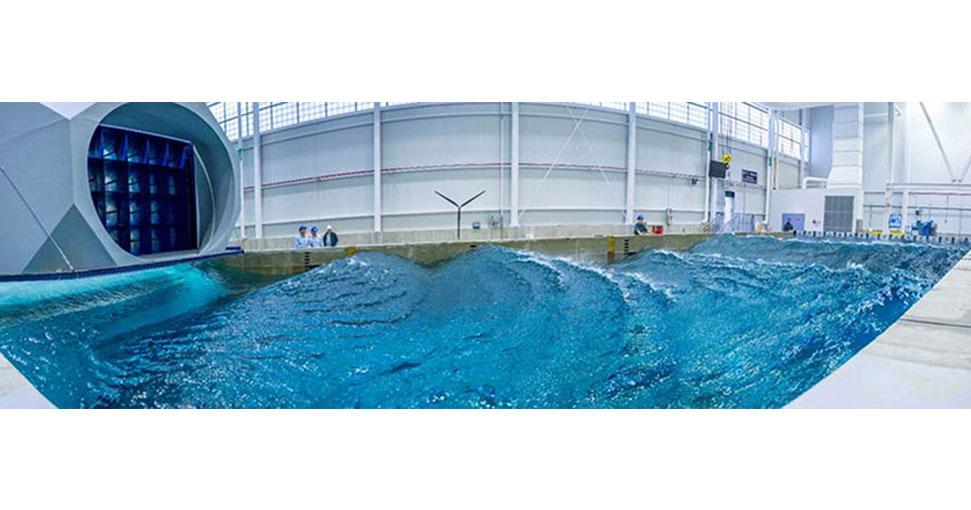NREL Selected for Offshore Wind Turbine Research Projects

NREL has received $5.7 million in new funding from the U.S. Department of Energy's Advanced Research Projects Agency-Energy (ARPA-E) for work in the field of floating offshore wind turbines.
NREL was named prime contractor for three projects within ARPA-E's Aerodynamic Turbines Lighter and Afloat with Nautical Technologies and Integrated Servo-control (ATLANTIS) program, which seeks to develop radically new floating offshore wind turbines. These projects include a partnership with the Colorado School of Mines and the University of Colorado Boulder, University of Virginia, University of Illinois Urbana-Champaign, and the American Bureau of Shipping to lower the cost of energy through the use of floating offshore windmills; a collaboration with the University of Illinois Urbana-Champaign to develop open-source software for floating wind turbines; and a joint effort with the University of Maine that will generate the first public data set to include advanced turbine and platform control.
SpiderFLOAT Spins a Web of Offshore Wind Innovation
In other NREL News, a new scalable offshore floating wind system dubbed "SpiderFLOAT" for the system's spider-like components could help drive down the cost of deep-water wind energy. Designed by NREL researchers, SpiderFLOAT challenges the existing paradigm of offshore energy production—historically influenced by oil and gas project design—by drastically reconceptualizing what's possible for an offshore wind platform and spinning a web of new innovations to accompany the system. SpiderFLOAT is also getting funding through ARPA-E ATLANTIS.

